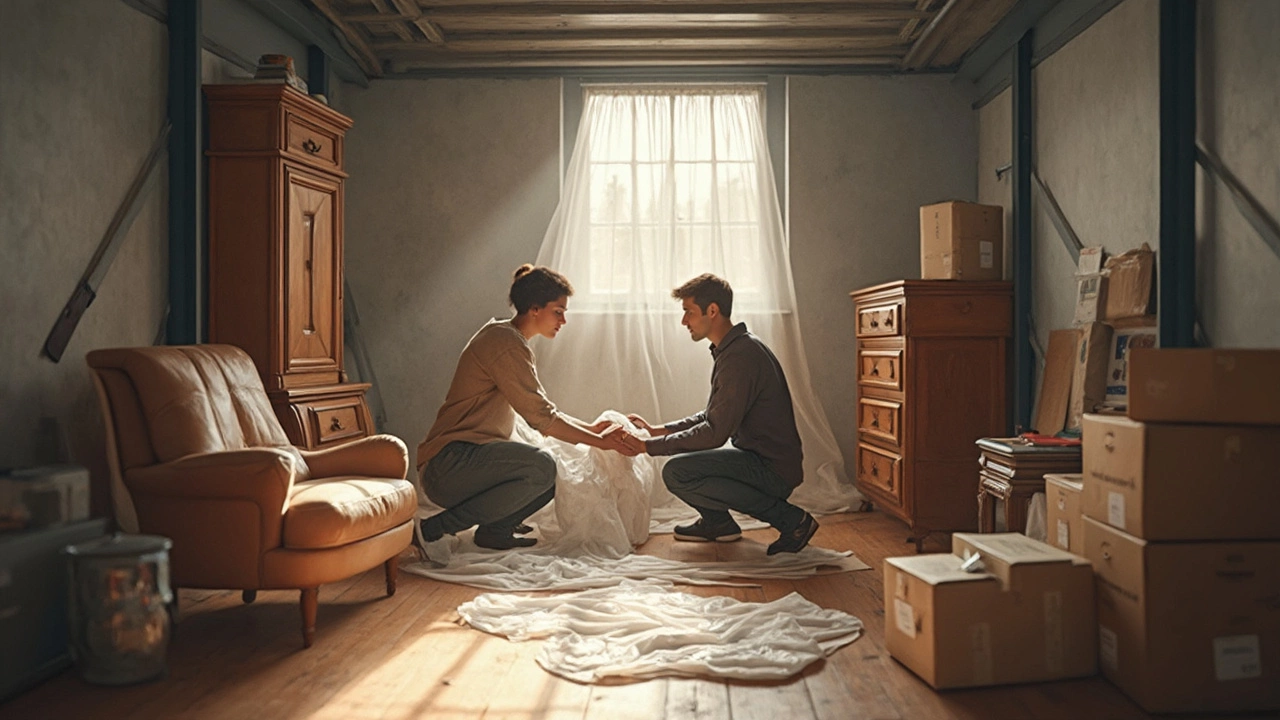
Best Tips for Storing Furniture in Non Climate Controlled Units
Learn practical tips and essential facts for storing furniture in non climate control storage spaces. Protect your belongings from humidity, dust, and pests.

How to Protect Furniture from Mold in Storage
Worried about your furniture getting moldy while in storage? Mold is sneaky and can ruin good couches, tables, and mattresses before you know it. This guide explains why mold grows, how to recognize early warning signs, and what you can do right now to keep your stuff safe. It covers smart packing, choosing the right storage unit, and everyday items you can use to stop mold from showing up. No fluff—just real tips to protect your furniture until you need it again.

Does DampRid Effectively Control Moisture in Storage Units?
Humidity and moisture can wreak havoc on items stored in storage units, leading to mold and mildew growth. Products like DampRid claim to help control moisture effectively, protecting your belongings. This article explores whether DampRid is a reliable solution for moisture control in storage units and provides practical tips for maximizing its effectiveness. We'll also delve into alternative methods and considerations for maintaining an ideal environment in your storage space. Equip yourself with useful information to preserve your precious items from the damaging effects of moisture.




